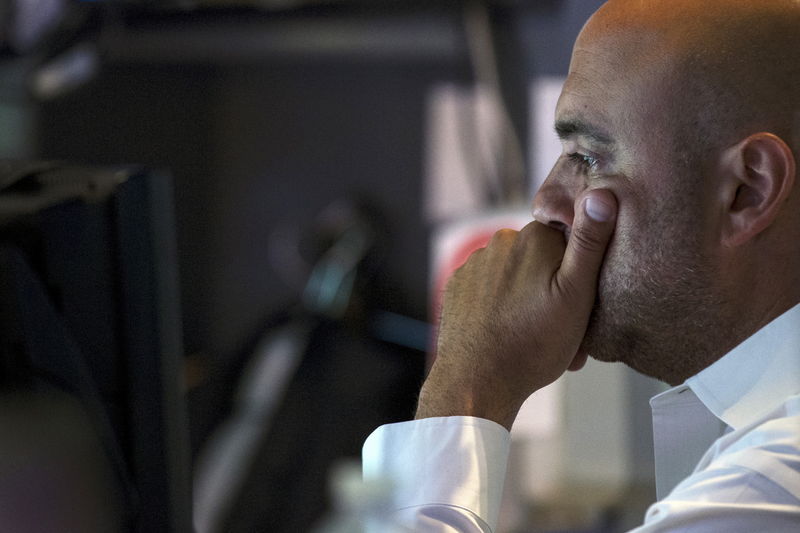Yesterday Prime Minister Albanese unveiled the Government’s new $2 billion green aluminium investment, speaking from Australia’s largest aluminium smelter, Tomago Aluminium in the Hunter region of NSW.
The funding will support the transition to greener production methods that produce less climate pollution – under the scheme, aluminium smelters converting to renewable energy by 2036 will receive federal funding for every tonne of aluminium produced.
“Labor’s plan for a Future Made in Australia is very clear: we want Australia to make more things here,” the Prime Minister said in a statement.
“Investing in the Australian-made aluminium industry is a massive opportunity – to create well-paid jobs in our regions and suburbs, and set Australia up for the future.
“We’ve got the resources, the workers and the know-how – the only thing we don’t have is time to waste.”
Environmental, social and industry backing
The $2 billion green aluminium initiative has been met with enthusiasm and support from just about every side, drawing praise from environmental and workers rights groups as well as the aluminium industry itself.
Australian Aluminium Council chief executive Marghanita Johnson described the initiative as “an important step in support of the industry’s transition to the competitive, reliable, lower-carbon energy needed for the aluminium industry to secure a sustainable future”.
“The announcement of $2 billion in production credits for the sector represents a substantial step forward in the journey for Australia to position itself as a leader in the global aluminium market,” Johnson said.
“This policy supports not just resource extraction but also the transformation of those resources into high-value finished products, creating more than 75,000 direct and indirect jobs, predominantly in regional Australia.”
The Climate Council’s energy expert Greg Bourne said the new policy was “Australia at its best”, and that a green aluminium industry would mean less pollution, more regional jobs and a stronger future for Australian manufacturing.
“This investment transforms risk into opportunity. Cutting pollution from Australia’s aluminium smelters is a win for the climate and a lifeline for workers in communities like Newcastle, Gladstone and Portland,” Bourne said.
“With facilities in Tomago, Portland, Bell Bay and Boyne Island, Australia is well-positioned to lead the shift to green metals.
“The initiative will not only protect existing jobs but create opportunities in associated industries, from renewable energy to advanced manufacturing.”
Australia is currently the sixth largest producer of aluminium globally, producing 1.51 million tonnes in 2022 and worth US$6.91 billion in 2023.
Demand for green metals, aluminium included, has been on the rise in recent years as environmental concerns and regulatory pressures influence markets.
The global green aluminium market is expected to grow at a compounding annual growth rate of 12.5% from 2024 to 2030, projected to reach US$9.8 billion by the same year.
Hunter Jobs Alliance coordinator Justin Page also expressed support for the move, highlighting the strong impact the offered financial incentives will have on decarbonisation and employment in the region.
“When the Tomago smelter starts the transition to clean energy, these credits will help to finance new infrastructure and processes, giving new training and employment opportunities to Hunter workers,” Page said.
“As the demand for green metals continues to increase, helping our aluminium sector transition to clean energy will allow our industry to remain competitive in global markets, creating greater job security for workers in the Hunter.”
